Since it first appeared in a resplendent blue way back in the 1990s, RockShox’ SID (which stands for superlight integrated design) has been synonymous with cross-country racing.
It’s been able to keep up with the changing trends in the sport over that time and this Ultimate Carbon model represents all of RockShox’ know-how, creating its lightest and best high-performance XC fork – until it announced the updated 2021 version recently.
- Mountain bike suspension setup: video guides to help you get the most from your bike
- Best mountain bike suspension forks
- Buyer's guide to RockShox suspension forks
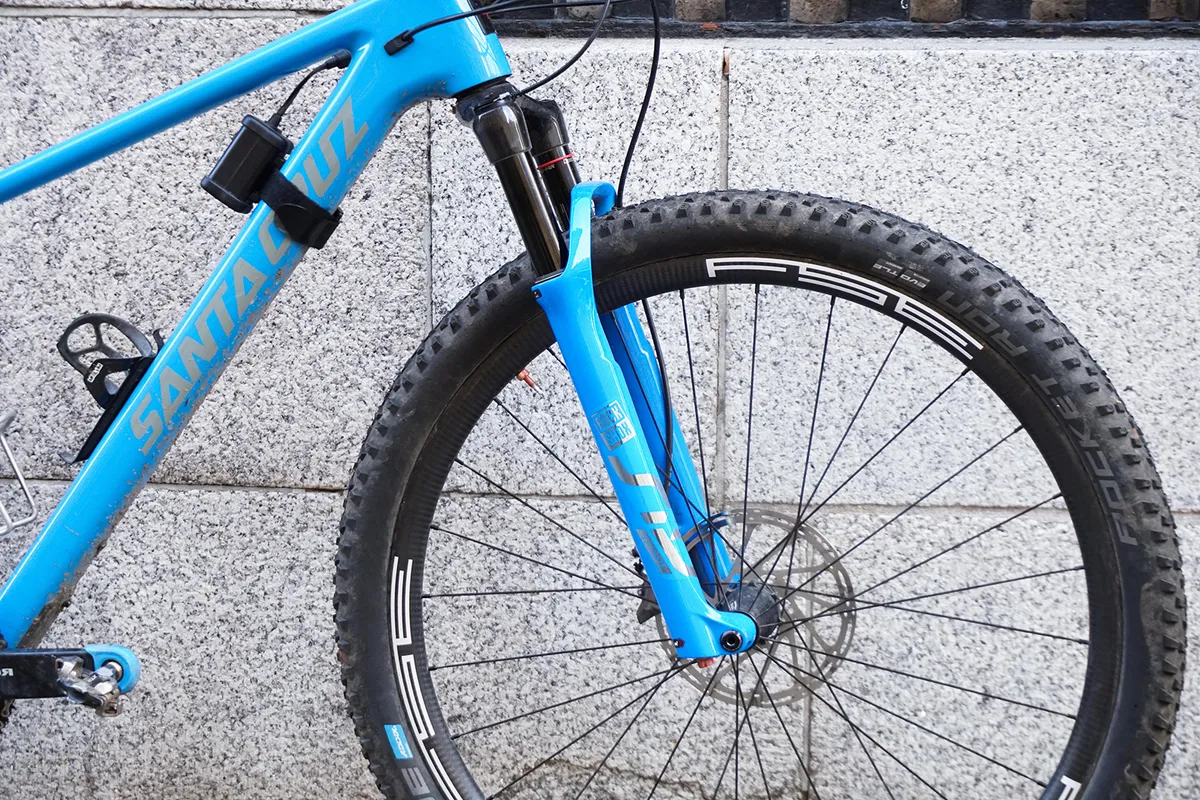
SID product details and specifications
With a full carbon crown and carbon steerer the SID is competitively light, coming in at 1,500g exactly with an uncut steerer.
The Fox 32 Stepcast is a tiny bit lighter (claimed 1,387g, 650b wheel, uncut steerer tube), but it’s only around 50g depending on size, so not something to be worrying about.
The fork comes with RockShox’ Charger 2 RLC damper, which features an open and closed lockout and compression adjust.
The air spring is RockShox' Debonair model, which is claimed to offer "a coil-like consistent feel throughout the travel", and has an XC-specific tune that's designed to provide more support for out of the saddle efforts.
RockShox SID setup
Even though looks don't matter, regarding how a fork performs, I thought the SID looked great.
Classic SID blue with metallic logos really give the fork a premium look, and whether it’s cool to admit it or not, looks matter to most people when deciding what kit to buy.
Setting up suspension can sometimes be seen as a dark art, but after watching our very own Seb Stott’s suspension setup video I was ready to go.
RockShox also has the sag gradients and ballpark pressure figures for a given weight located on the left fork leg, which is another way to get you on the right track towards suspension supremacy.
I settled on 84psi for my 64kg weight, and left it that way for most of the testing process. For reference, the recommended psi for my weight is 90, so 84 is fairly close.
I had two bottomless tokens installed on the fork, although perhaps a heavier/more powerful rider should consider adding more for a touch extra support when you’re deep into the travel.
RockShox SID performance
The best place to get a true feel for a fork is during a race and I was lucky enough to head out to Lanzarote for a four day stage race at the beginning of 2020.
The trails weren't overly technical, but the volcanic terrain is savage on body and bike. Throw in a healthy dose of sand and loose gravel, and it meant I had a great opportunity to get to know the pros and cons of the SID.
The race is full of 90-degree turns on loose gravel. When carrying plenty of speed into these turns, a sensitive/supple fork is key to keeping the front end tracking well, and crucially the rider upright.
If the fork dives, or there’s unwanted stiction, your front wheel can lose grip, understeering and risking crashing. I saw plenty of people stack it during the race, something that luckily didn’t happen to me.
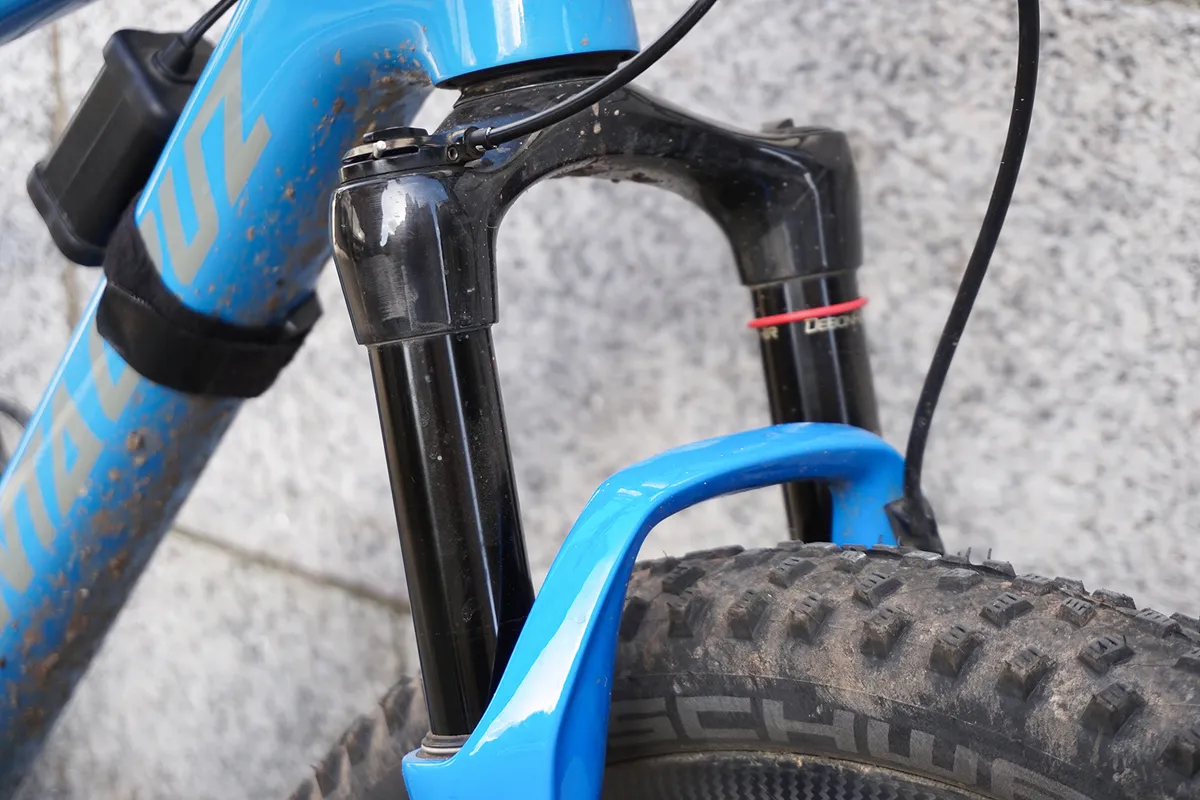
Thankfully, the SID had ample sensitivity in its initial stroke to deal with all the tight turns, providing plenty of grip. I also had the rebound set relatively slow, but there are plenty of clicks of adjustment to dial it into your riding style.
Sensitivity isn’t much good without support, especially in XC racing where there’s loads of time spent sprinting out of corners, or dragging yourself up steep climbs while riding out of the saddle. Again, the SID performed well and I could attack hard out of the saddle without too much bobbing/diving at the front end.
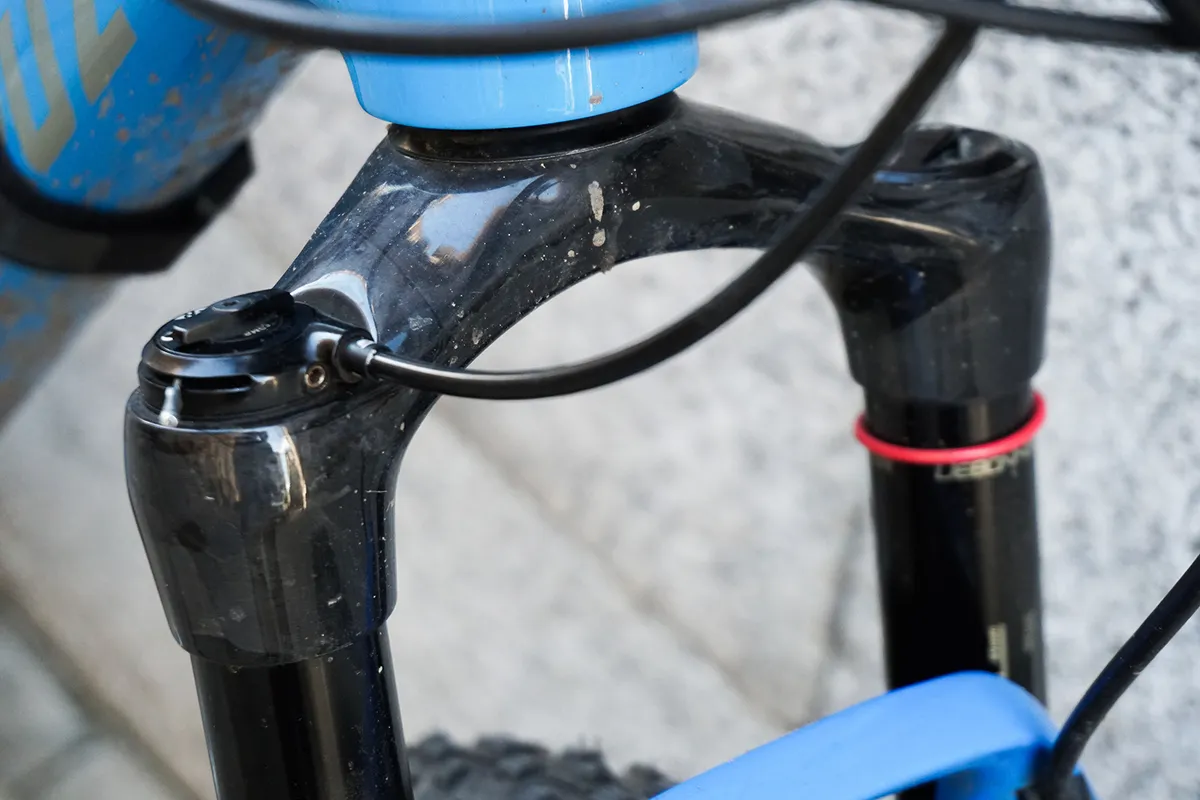
The fork can be fitted with a lockout, which saw lots of action in Lanzarote, but it is incredibly firm, so I would often stick to leaving the fork fully open on any loose technical climbs. Despite leaving the fork fully open it provided enough support, so I didn’t feel like I was wasting too much energy.
There were a few bigger hits and technical descents, but the SID coped well. For my 64kg frame there was more than enough stiffness to keep the fork tracking nicely, even when going heavy on the brakes. There were plenty of off-camber traverses around the volcanic terrain Lanzarote is known for and again it tracked well, with no noticeable flex in the chassis.
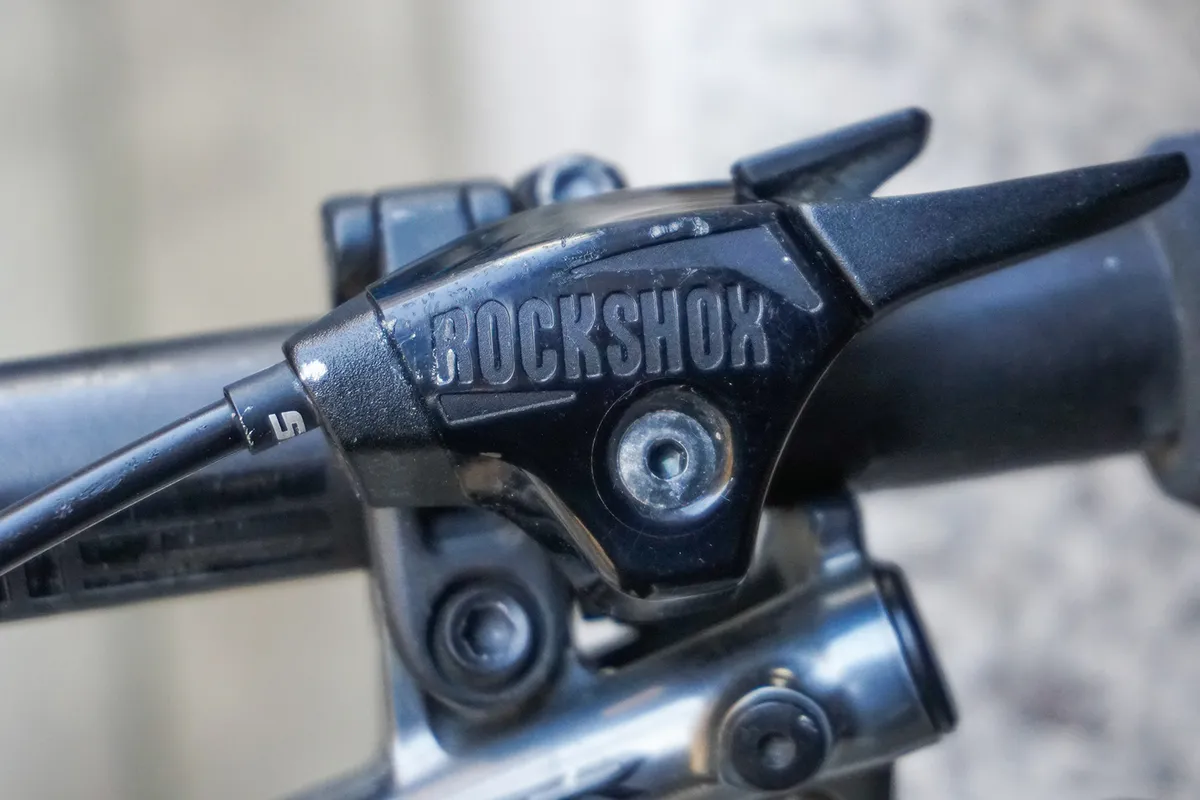
Just like any superlight XC fork, I’d suspect if you pushed it really hard on demanding terrain, such as light enduro tracks, you’d begin to find the limits of the chassis. Every fork comes with its compromises, and the SID is no different.
Back in the UK I was again impressed with the fork. Just like in Lanzarote I left the fork open for everything but the smoothest of trails.
This was partly down to the lockout being so firm, and perhaps a middle ‘trail’ compression mode similar to the Fox 32 would help combat this, but also because I was getting just about enough support when the fork was fully open.
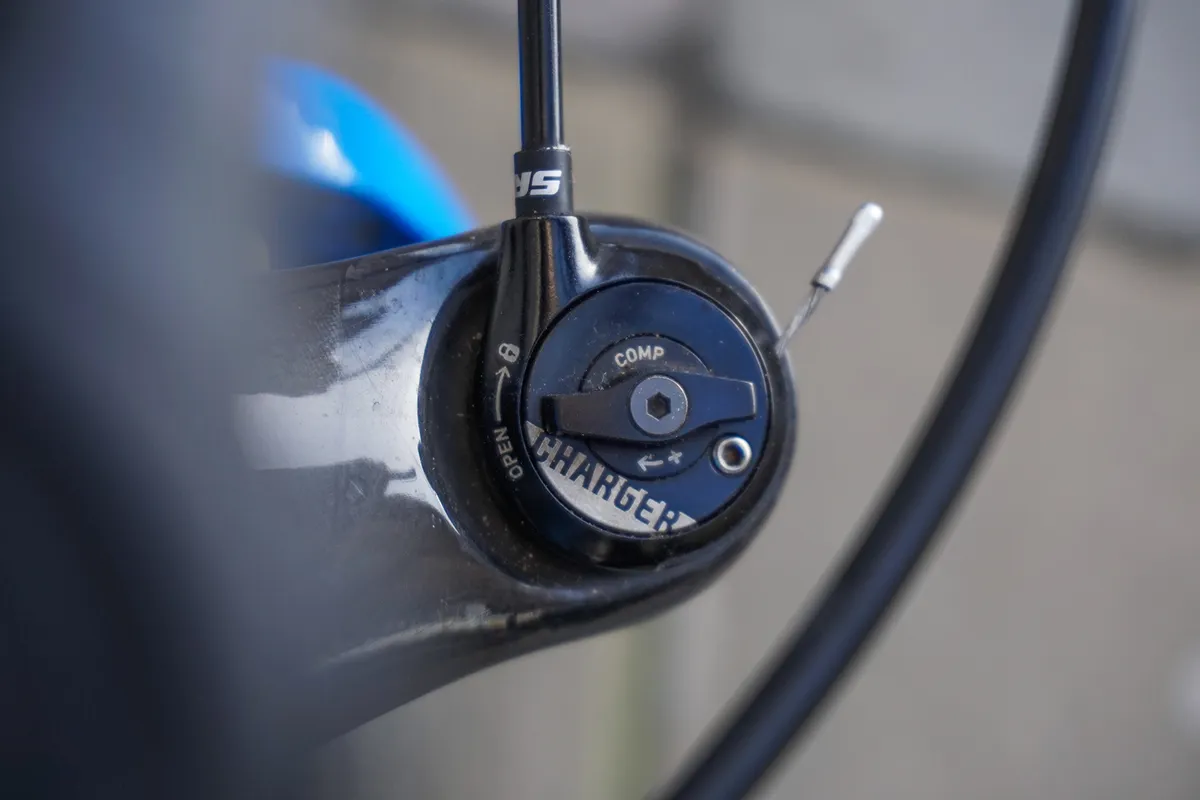
Being a big fan of simplicity on bikes (I’m still sticking doggedly to a hardtail) I’m happy with either ‘fully open’ or ‘rock solid closed’. However, a middle trail setting might be handy for a rider who loves fettling and pouring over the details of their suspension setup.
RockShox SID bottom line
RockShox has created a fantastic pro-level fork with an equally pro-level price tag to match.
It was more than stiff enough for my 64kg frame and provided ample support and sensitivity during a tough four-day UCI stage race.
Product
| Brand | Rockshox |
| Price | €1200.00, £1070.00, $1079.00 |
Features
| Spring type | air |
| Wheel size | 27_5in_650b |
| Wheel size | 29in_700c |
| Travel | 100.0000 |
| Travel | MILLIMETER |
| Features | Offset: 42mm (27.5"), 42mm (29"), 51mm (29") |
